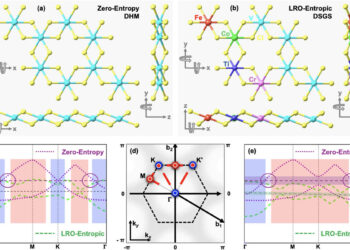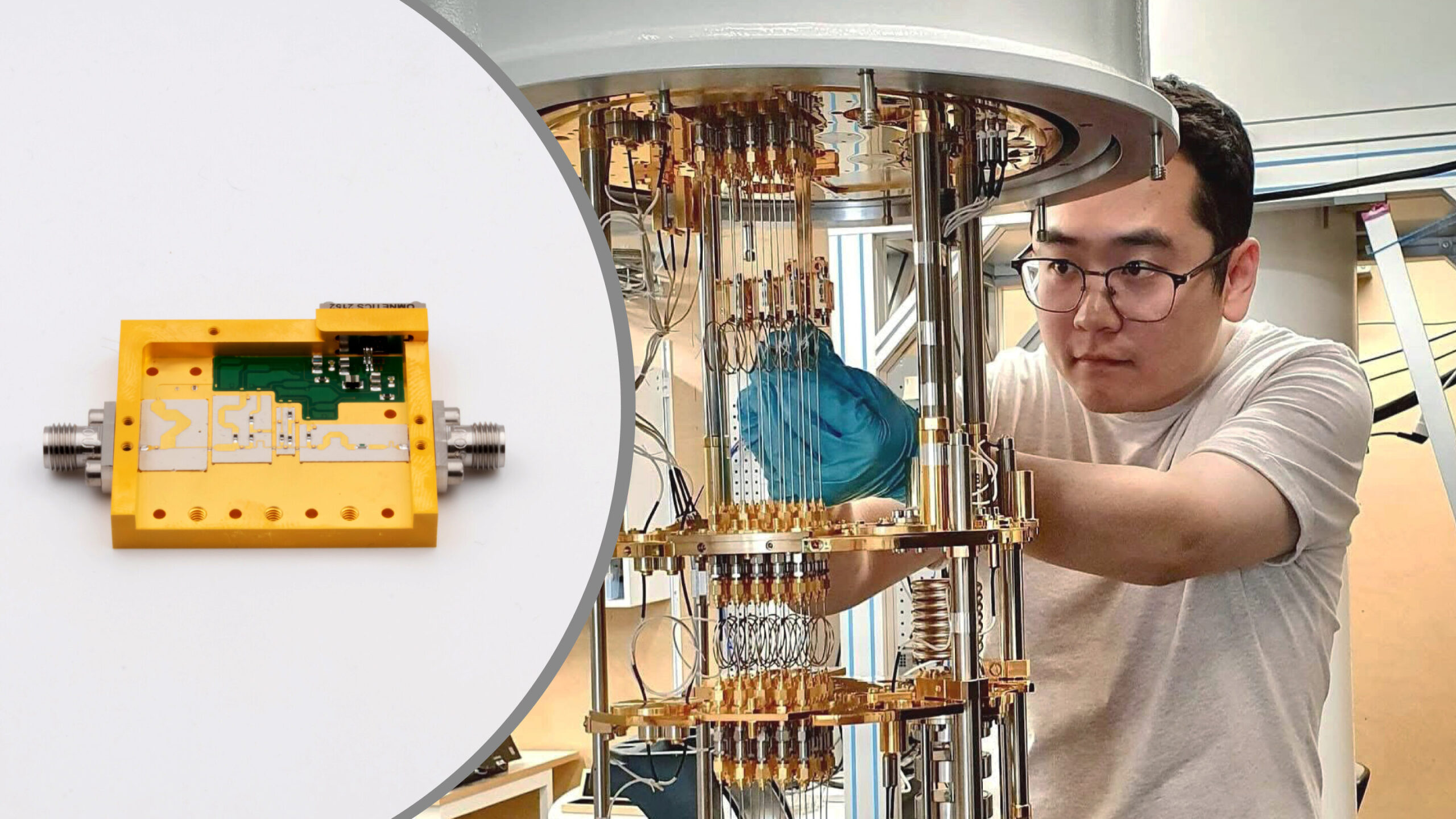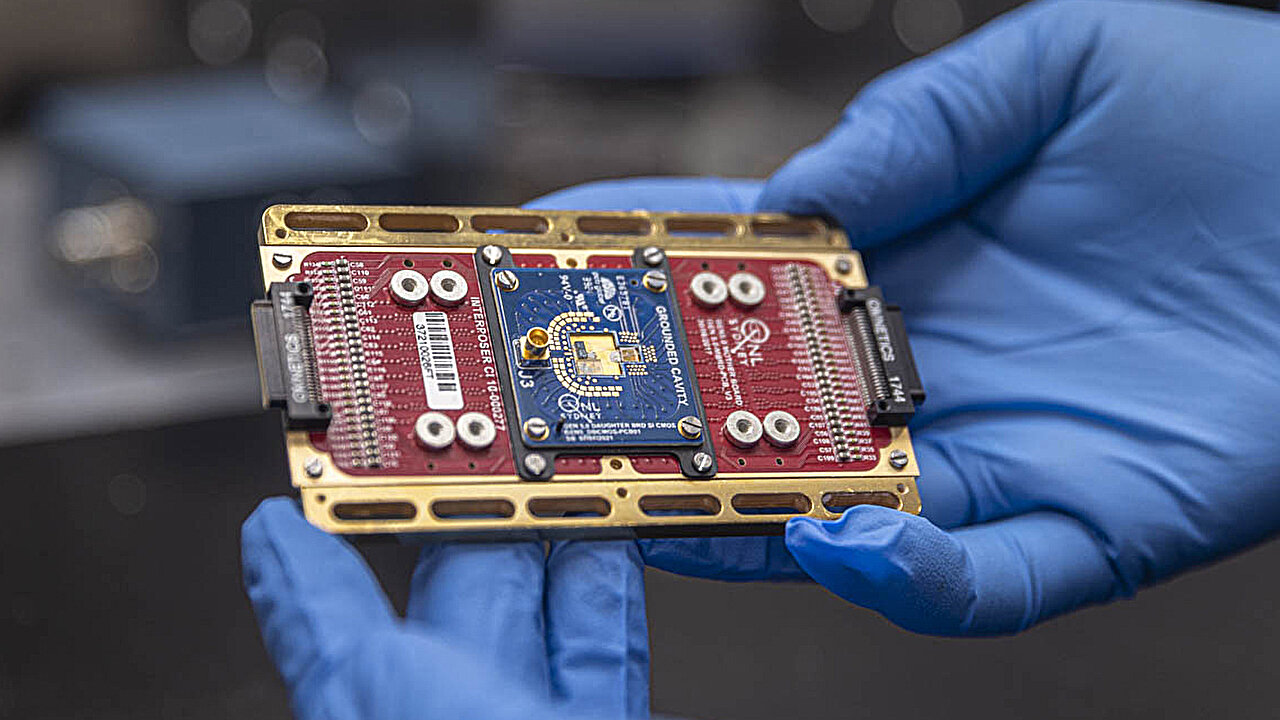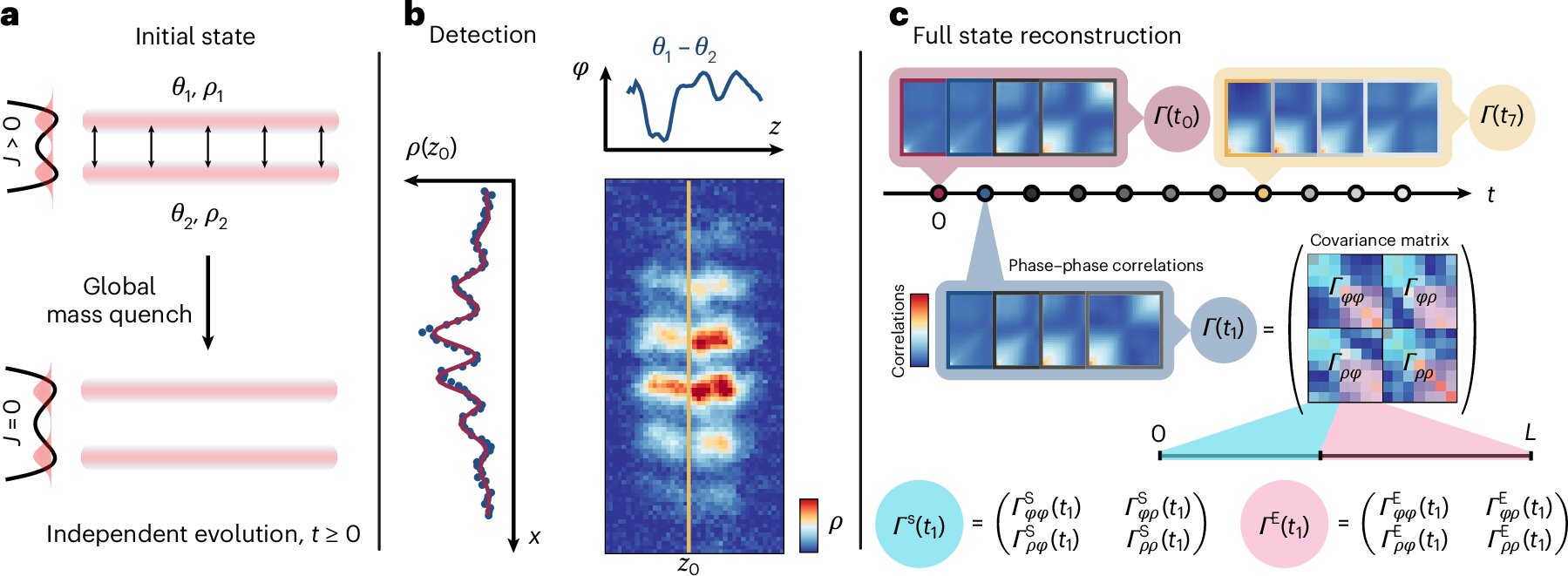In a quiet laboratory humming with ultracold superconductors and the thrum of pure information, a team of scientists has taken a breathtaking step into the deep end of quantum reality. For the first time, an international group of researchers has successfully simulated spontaneous symmetry breaking at zero temperature—a phenomenon that lies at the heart of our physical universe—using a superconducting quantum processor.
The feat, achieved with over 80% fidelity and recently published in the journal Nature Communications, not only marks a milestone in quantum computing but also opens new frontiers in condensed matter physics. The simulation recreates, through delicate manipulation of quantum bits, the moment when a perfectly balanced system tips into an ordered state—a transformation that echoes across the evolution of the cosmos, from the structure of snowflakes to the birth of galaxies.
From Flip-Flop Spins to Unified Order
At the core of this achievement lies the concept of spontaneous symmetry breaking (SSB). In the experiment, scientists began with a classical antiferromagnetic state—a checkerboard-like configuration where the “spins” of particles alternate direction, one up, one down, in perfect balance. Over time, the system underwent a phase transition and spontaneously evolved into a ferromagnetic quantum state, where all spins aligned in the same direction.
“The system began with a flip-flop configuration of alternating spins and evolved spontaneously, reconfiguring itself with spins aligned in the same direction. This phase transition is due to symmetry breaking,” explains physicist Alan Santos, a researcher at the Institute of Fundamental Physics of the Spanish National Research Council (CSIC) and co-leader of the theoretical team behind the project.
While spontaneous symmetry breaking has long been studied in classical systems, simulating it at absolute zero—a temperature theoretically devoid of all thermal energy—remained out of reach until now.
The Quantum Cold Frontier
Absolute zero (0 Kelvin or −273.15°C) is an elusive theoretical limit where particles lose all kinetic energy and motion freezes. Though it’s impossible to reach absolute zero in reality, scientists can simulate it using quantum computing techniques.
This is precisely what the team did. Utilizing a superconducting quantum processor composed of seven qubits—quantum bits capable of existing in multiple states simultaneously—the experiment simulated adiabatic evolution at zero temperature. The qubits interacted only with their immediate neighbors, mimicking how particles would behave in a perfectly cold quantum lattice.
“We showed that by setting the temperature to zero, it’s possible to observe symmetry breaking even in local particle interactions, between first neighbors,” says Santos, who began this work as a FAPESP postdoctoral fellow at the Federal University of São Carlos (UFSCar) in Brazil.
Why Symmetry Matters
Symmetry lies at the foundation of physics. It’s the principle that many laws of nature stay the same under transformations—like flipping a system or rotating it in space. Symmetry tells us that momentum, energy, and other quantities must be conserved. But ironically, it’s the breaking of these perfect symmetries that gives rise to structure.
“Symmetry gives us the laws of conservation. Symmetry breaking allows complex structures to emerge,” says Santos.
Without symmetry breaking, atoms wouldn’t bond, stars wouldn’t form, and matter would remain a featureless soup of particles. The universe, as we know it, owes its rich diversity to the spontaneous shattering of these perfect balances.
In this experiment, observing such a transition in a simulated quantum system at zero temperature shows not only the power of quantum processors but also mirrors how order may arise from the seemingly uniform void.
Entanglement: The Invisible Thread
To monitor the transformation from disorder to order, the researchers tracked how correlations emerged between the qubits using two sophisticated measurements: correlation functions and Rényi entropy.
Rényi entropy, introduced by Hungarian mathematician Alfréd Rényi in the 1960s, quantifies the degree of entanglement in a quantum system—how deeply the states of particles become interwoven. Entanglement is the heart of quantum mechanics, allowing particles to be so deeply connected that the state of one instantly affects the other, no matter how far apart they are.
This feature, famously described by Einstein as “spooky action at a distance,” is also the bedrock of quantum computing. It enables calculations to happen in parallel across many possibilities, vastly outpacing classical computers in some tasks.
“Superposition allows a system to exist in multiple states simultaneously, called quantum parallelism. Entanglement is a type of correlation that cannot be reproduced on classical computers,” Santos explains.
Imagine needing to find the right key among millions. A classical computer checks them one at a time. A quantum computer, using superposition and entanglement, can test many keys simultaneously—massively speeding up the solution.
Where Classical Fails, Quantum Prevails
While classical computers remain powerful for many everyday tasks, simulating the behavior of quantum systems often lies beyond their capabilities. Quantum systems are fundamentally different; their behavior isn’t just complex—it’s probabilistic and non-intuitive.
“Sometimes it’s an impossible task to simulate quantum systems with classical machines,” Santos notes. “The study shows we can use quantum resources to simulate these very phenomena, which were previously out of reach.”
This experiment represents not only an advancement in theory but a proof of concept: quantum computers can now simulate fundamental physics with high precision, opening the door to understanding exotic phases of matter, superconductivity, and even the early conditions of the universe.
The Quantum Hardware Behind the Breakthrough
The experiment was carried out at Southern University of Science and Technology (SUSTech) in Shenzhen, China—one of the world’s fastest-rising scientific and technological hubs. The quantum processor used superconducting qubits made from aluminum and niobium alloys, chilled to just above absolute zero—around one millikelvin.
This extreme cold reduces electrical resistance to zero, allowing qubits to maintain coherence long enough for complex quantum operations to unfold.
“The advantage of superconducting qubits is their scalability,” says Santos. “It’s technically possible to build chips with hundreds of them.”
Scalability is crucial. While seven qubits may seem small, the real challenge lies in maintaining coherence as systems grow. This experiment proves that even at small scales, complex phenomena like symmetry breaking can be reliably simulated.
Global Collaboration, Universal Implications
This research is the product of a multinational effort, with contributors from China, Denmark, Brazil, and Spain. The theoretical framework was developed by scientists at UFSCar and CSIC, while the physical implementation was executed in Shenzhen.
The results are a testament to the power of global scientific collaboration—where diverse minds, cultures, and technologies converge to answer questions that transcend borders.
Looking Ahead: What Comes After Symmetry Breaking?
The simulation of spontaneous symmetry breaking at zero temperature is a tantalizing glimpse of what quantum computers might soon unlock. From modeling quantum materials and understanding superconductivity to solving long-standing problems in particle physics and cosmology, the possibilities are vast.
And while the current experiment used seven qubits, advances in quantum hardware suggest that systems with tens or hundreds of qubits are on the horizon. With each additional qubit, the simulation power of quantum machines grows exponentially.
In a universe ruled by probability and paradox, the ability to simulate its foundations offers more than computational power—it offers insight into why reality behaves the way it does.
The Poetry of Physics, Written in Qubits
At its heart, this breakthrough is not just about algorithms or entropy curves. It’s about seeing the invisible moment when a perfectly symmetrical system chooses a direction, breaks its balance, and becomes something more. It’s about watching order arise from cold silence.
And thanks to quantum computing, we’re no longer guessing how that happens. We can now witness it, simulate it, and—one day—control it.
That’s the promise of this moment. And it may well be the beginning of a new chapter in how we understand the universe itself.
Reference: Chang-Kang Hu et al, Digital simulation of zero-temperature spontaneous symmetry breaking in a superconducting lattice processor, Nature Communications (2025). DOI: 10.1038/s41467-025-57812-8
Love this? Share it and help us spark curiosity about science!












